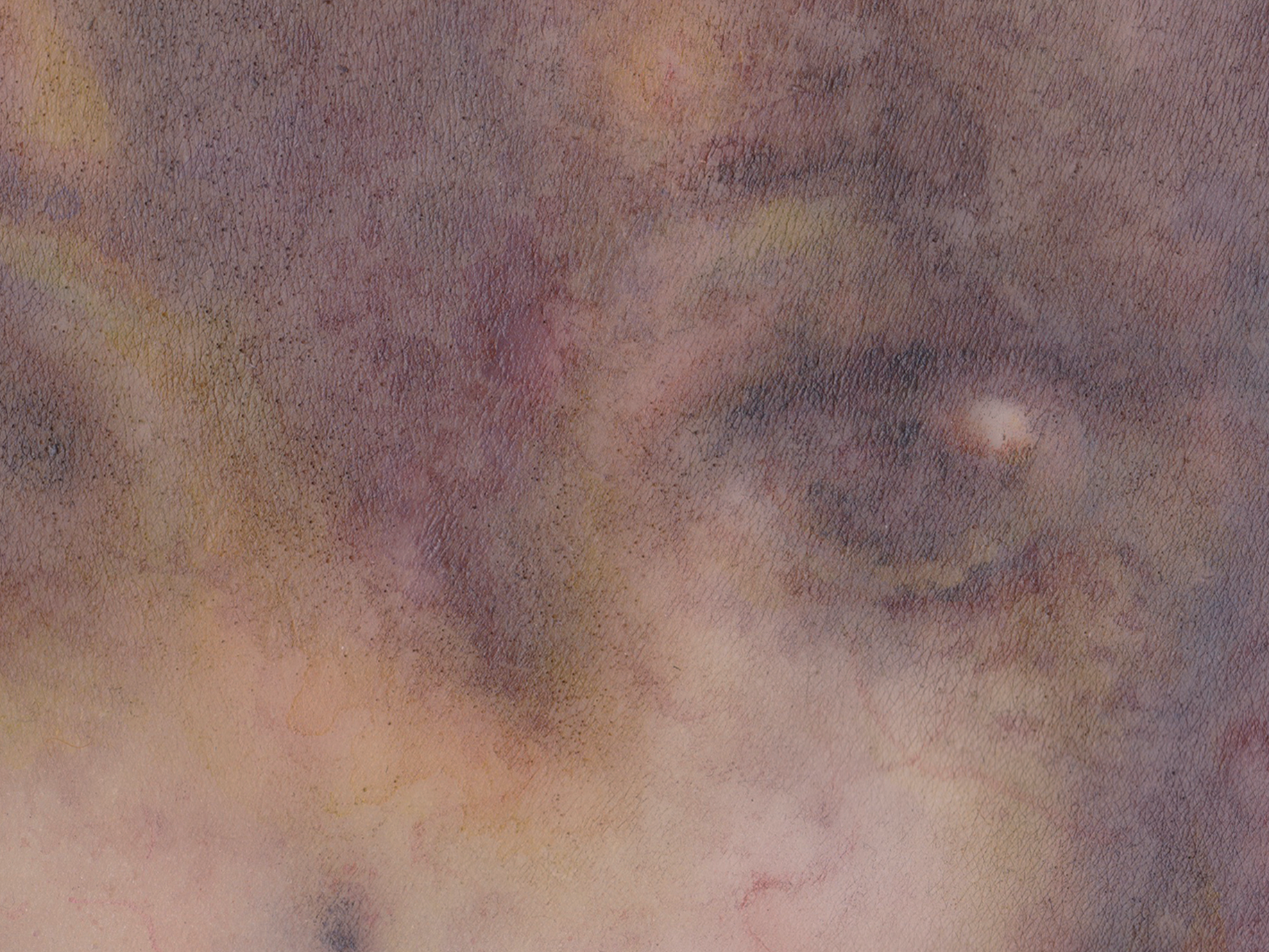

Kawaii is Justice
2021 • Moving image
Ink, paint, silicone, pigment, exported digitally
1 min 23 sec


2021 • Moving image
Ink, paint, silicone, pigment, exported digitally
1 min 23 sec